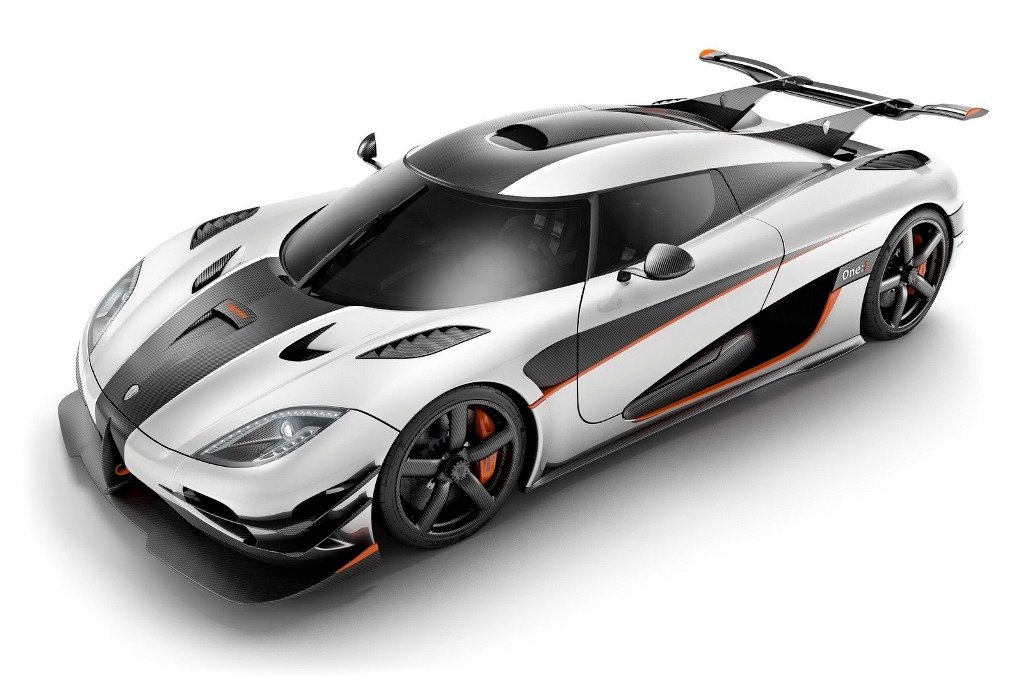The use of exotic materials plays an important part in the production of components as they offer better strength, lower weight and several other attributes but are rarer to find.
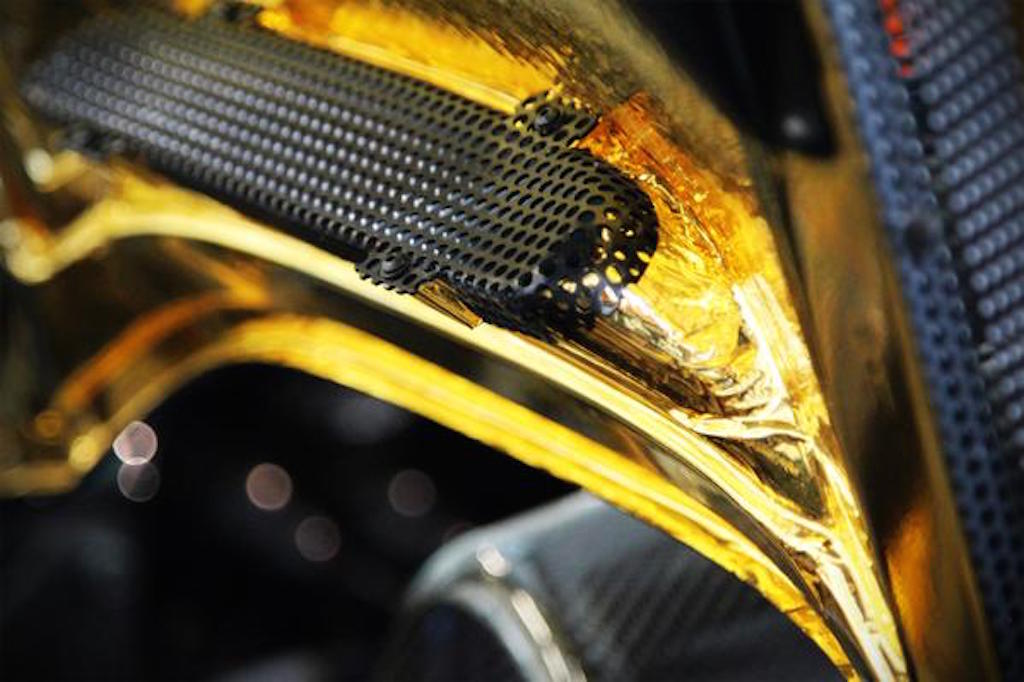
What does the word ‘exotic’ mean to you? Well, my phone dictionary says, “originating in or characteristics of distant foreign thing”. This may sound pretty complicated, but the truth is anything which is unique and rare to find is considered as exotic. The fairer sex finds gold, silver and other ornaments to be exotic whereas the petrolheads usually associate this term with supercars and superbikes. Have you ever thought if both of these be in one package. You might just be right if you had ever even given it a thought. Let us find out the different kinds of exotic materials which are (or have been) used in the automotive world and the reasons behind it.
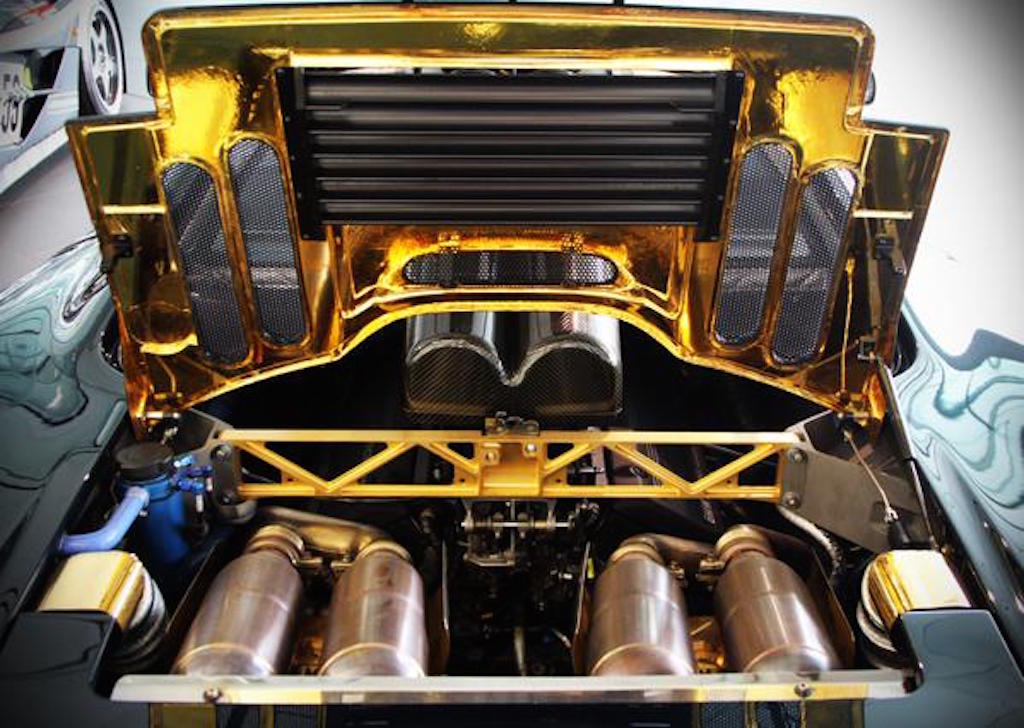
1) Gold – Usually used to make ornaments, gold is considered to be a woman’s favourite metal. But we petrolheads have a reason to cheer as well, as the gold foil was used in F1 cars for lining the hot parts of the engine given the excellent heat dissipation properties of the exotic metal. In fact Mclaren chose to wrap gold foil for its whole 6-litre V12 engine bay of its F1 hypercar as they couldn’t find a better heat dissipator.
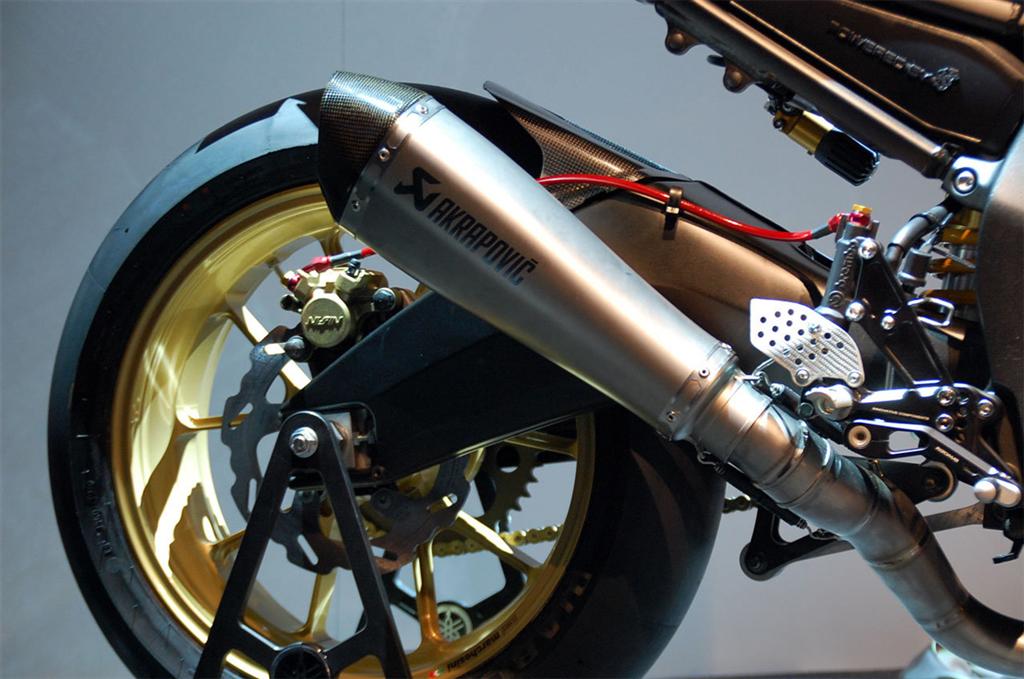
2) Titanium – Titanium is one of the most exotic materials found in the earth’s crust because of its highest strength-to-density ratio of any metallic element. Though it is the ninth most abundant material found in the oxide form, its extraction process is complicated which explains the very high price tag. Titanium is usually associated with aero industry because of its light weight and high strength properties and has more recently found application in the auto industry as well. It is employed in the construction of connecting rods, suspension components, exhausts, gearbox parts and so on, in motorsports like Formula 1, Le Mans 24 and World Rally Championship (WRC). Certain high-end sports cars also use titanium in various components.

3) Magnesium – It was the metal of the aero industry before titanium was extracted. It is considered to be the lightest useful metal to mankind because of its strength and ease to work with. The German military used them extensively for aircrafts in World War II. Magnesium was the metal of choice in motorsports in the 1970s, be it in Le Mans or Formula 1 due to its machinability and weight advantage. It was used to producing engine blocks, rims and many other engine components. However, magnesium was banned in F1 for its highly combustible nature.

4) Kevlar – Another exotic material which is actually a synthetic fibre five times stronger than steel, this is extensively used in military applications for creating personal armors and ballistic vests. Because of its light weight and high strength, Kevlar is used in automotive applications in the production of belts, gaskets, brake pads and body vehicle armor. A fuel tank of an F1 car is made up of Kevlar and rubber which make it puncture resistant even in case of crashes and accidents.
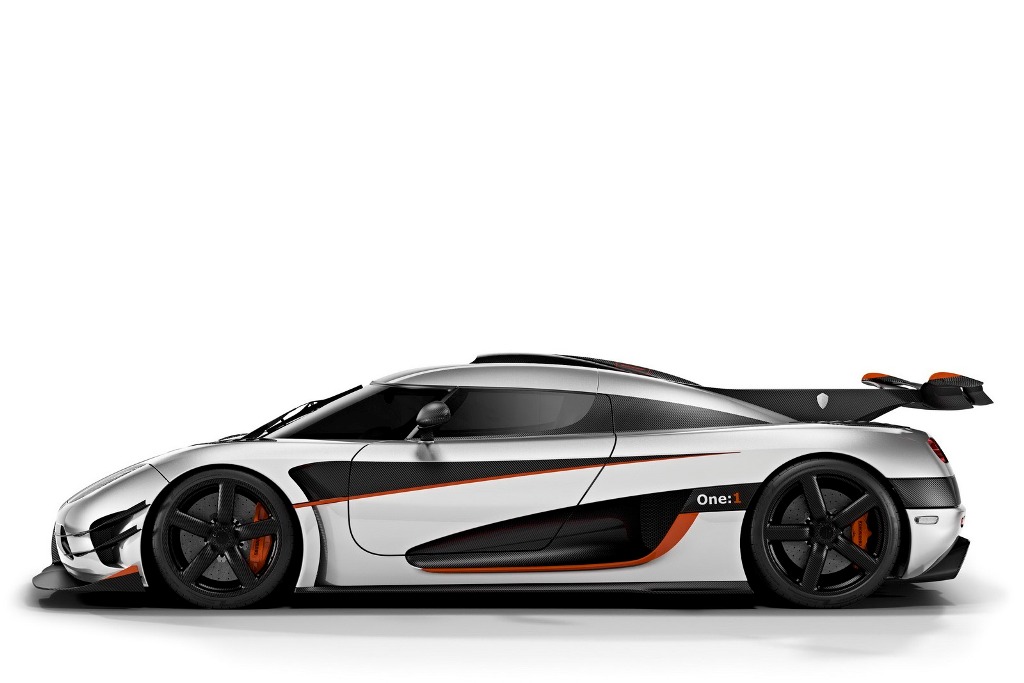
5) Carbon Fibre – This article can’t be complete without the speaking about carbon fibre, can it? In simple words it’s just a cloth woven by carbon threads (fibre) and then set in a mould by injecting epoxy resins and glue and baking it in a hot inferno. The resulting material from this process takes the shape of the mould and becomes ten times stronger than steel at the fraction of weight what steel would have taken to achieve that strength. Hence, carbon fibre finds applications in aerospace, motorsports, architecture, etc. A body of a Formula 1 car is made up of around 80 percent carbon fibre. In present times, it is also used extensively in the production of sports cars as efforts are made to mass produce this material to cut down costs.


